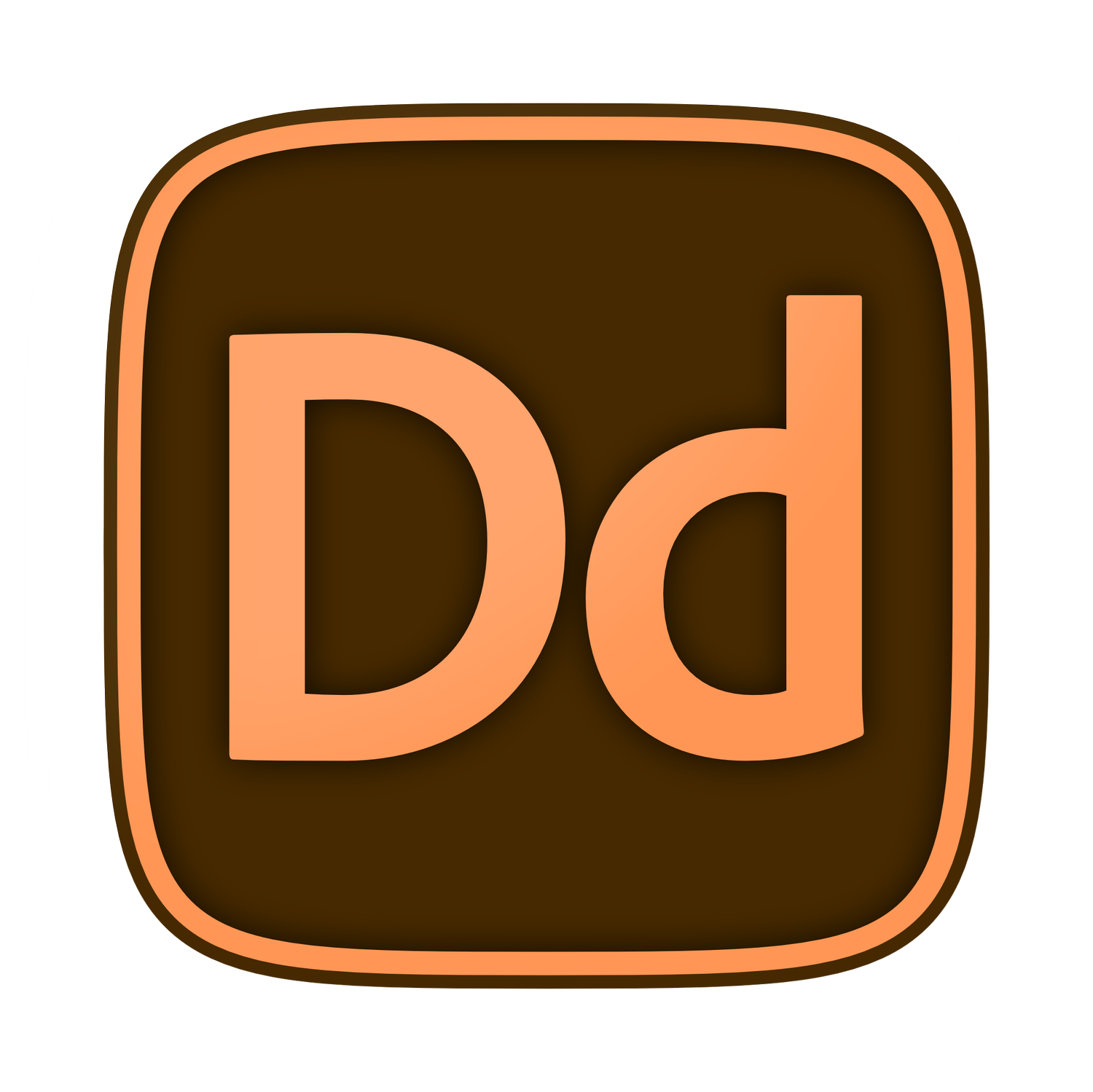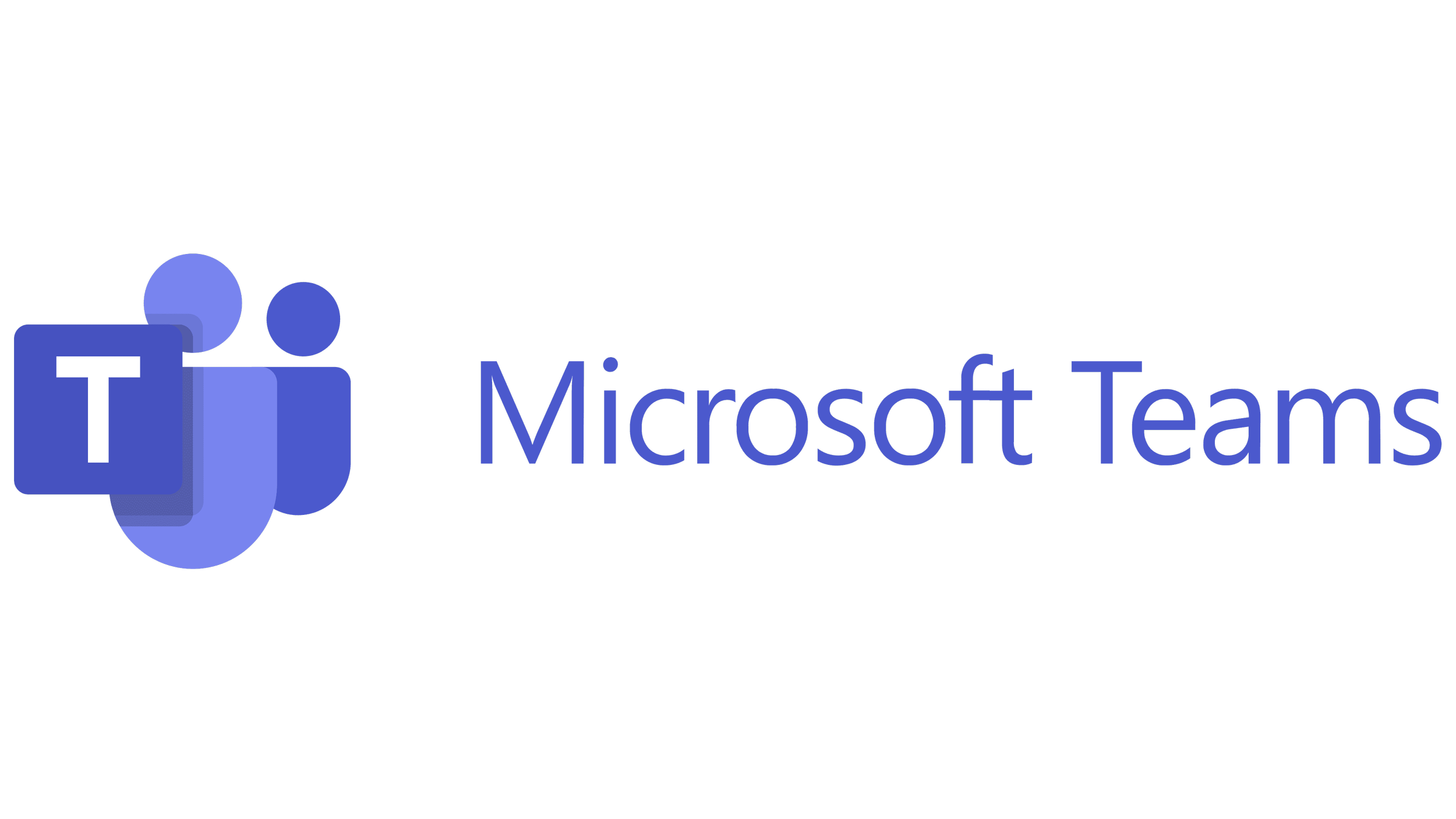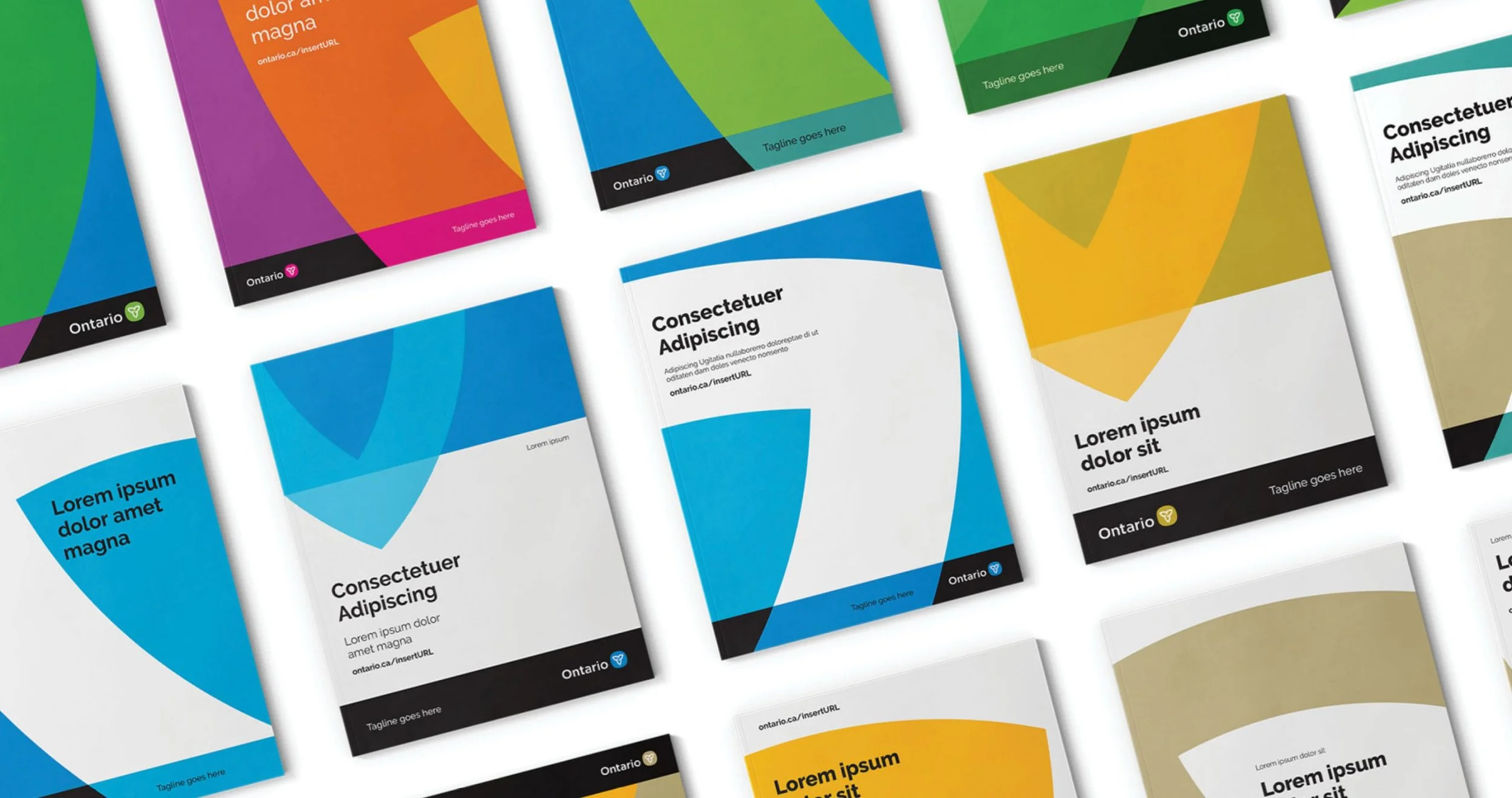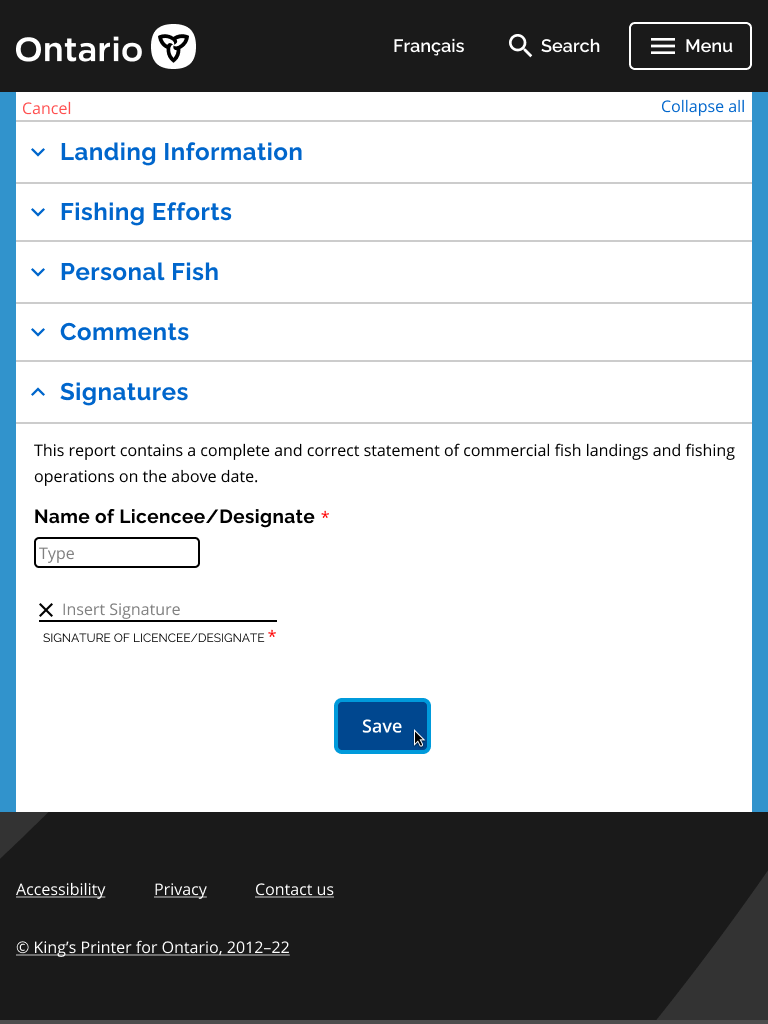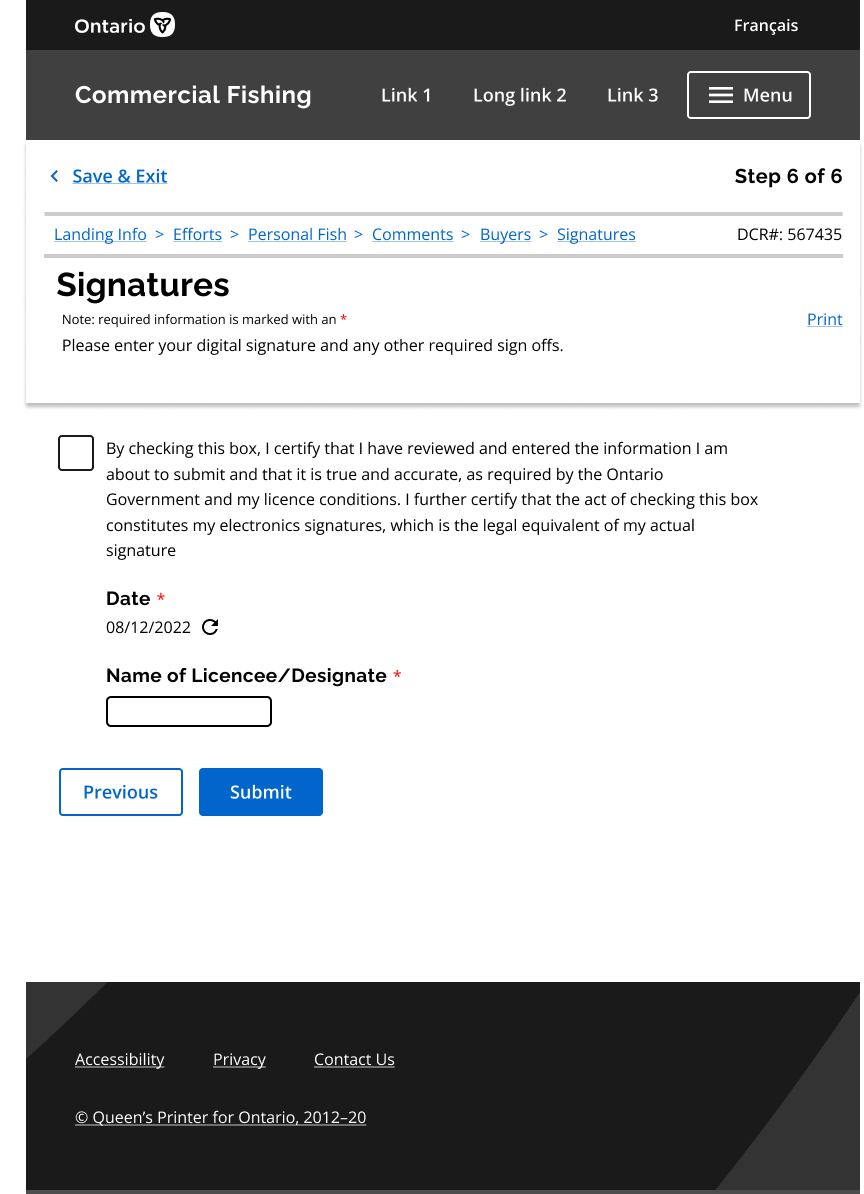Commercial Fishing Modernisation
Commercial Fishing Modernisation was the first and primary project I was able to contribute to during my time as a user experience designer co-op with the Ontario Government. The goal of this project was to conduct a thorough review of the province’s commercial fishing process including recording catch, selling and buying fish, licencing renewal and status check, and more.
My main contributions and focus on this project were to reinvent and digitise the catch recording process to make it smooth, accessible, and quick for fishers to learn.
Try It Out Yourself!
(For the best experience click full screen on the top right of the black box)
Onboarding
When first joining the Commercial Fishing Modernisation project it had already been in progress for many months beforehand. The team had conducted many pages, spreadsheets, and artefacts of research. All of which I needed to catch up on, creating my first big step and challenge. I was introduced to many new skills and techniques in both Miro and Microsoft Teams that I continue to apply to my workflow.
Thankfully, this allowed me to learn what it was like to join a project midway through its lifespan. I was able to spend time reading the material, adding my own questions, and eventually including my own input. I learned how helpful it can be to give a project a fresh pair of eyes, something that we were able to benefit from later in the project as we gained and lost new members.
Research
As mentioned previously, much of the background research for this project was done prior to my addition to the team. However, that doesn’t mean there was not much more to be done before ideating.
Once I was a part of the project, the team and I did additional research including interviews with stakeholders where I was able to participate as a leader and a note-taker, conduct a competitive analysis of other fisheries in the United States and New Zealand, and even make a business trip to the town of Wheatley to perform direct field research of the current process. The latter proved to be an invaluable experience to better understand the process, build team connectedness, and improve my professional communication skills.
Before designing, while conducting research I was also able to do a deep dive into the Ontario Government’s design system. During this, I created a presentation breaking down the design system into its important parts and how it would influence the future designs that I showcased to the rest of the team.
Designing
After much of the preliminary research was completed I was then tasked with the goal of creating wire frames and prototypes to show to the rest of the team and eventually stakeholders. To do this I built a variety of screens within the program Figma, where I could make them as in-depth as needed.
The research helped inform me that the best screen size to build with would be tablets as that is what most users would be interacting with. Although I did create some screens in desktop or mobile ratios to both practice in other sizes and for when the task would likely be done on the respective devices.
Overall, I was able to design over 10 functional prototypes for different tasks. All of which had multiple iterations that were tweaked after team/stakeholder reviews and rigorous user testing.
The first iteration of a signature screen
The most recent iteration of a signature screen
Testing
As I mentioned in the designing section, throughout the design process I consistently kept in touch with different stakeholders to make sure that we remained on track. To do this I would try to never go more than a week without receiving feedback from the working team to make sure I was getting new sets of eyes to look them over consistently.
I would also, along with the team, lead meetings with different stakeholders from different backgrounds where I would walk them through the designs and receive feedback. I could then do live updates to the designs to test possible changes directly with them or use the comment feature within Figma to make more drastic changes later.
Additionally, thanks to the ability to make the designs usable I could do direct user testing and let the participants click around, interact, and think out loud.
Each blue line is a different connection for prototyping. Throughout my 16 months, I was able to learn how to optimise file organisation and efficient prototyping to make it easy to make changes and for others to view without clutter.
What I Learned
With this being the first project I got the opportunity to partake in while in a workplace, I was able to learn a lot about the design process and what it is like to work within a multidisciplinary team outside of UX. I was able to learn better self-direction and taught myself how to take the initiative to do research or create artefacts that would be helpful to the project without being directly asked.
If I were to start this project again I would take all of these skills that I slowly developed over the 16 months and apply them earlier on. I wouldn't wait to be asked to create something and instead would take confidence in my skills and apply them where I can.
Conclusion
Overall, this project proved to be a successful and insightful introduction to the industry of UX in the working world. Although I had to depart from the project before seeing its conclusion I’m honoured to know that I was able to directly contribute and provide my influence towards a project that will be directly used by others.
I was able to showcase my skills in user research, prototyping, and user testing in the workplace. I also got the opportunity to work within a multi-disciplinary team and show them how a user experience designer can make a positive difference to a project dynamic, as I was the first UX professional many of them had worked with.
